While the world watches Tesla, a more profound electric shift is unfolding in Asia. And it’s happening on two wheels.
More than 9.6 million electric two-wheelers were sold across Asia in 2023, compared to fewer than 2 million electric cars. In India, electric scooter sales rose by over 36 percent year-on-year, led by local players like Ola Electric and TVS. In Vietnam, where motorbikes account for nearly 90 percent of all vehicles, e-scooters are fast becoming the new default. The Philippines follows suit, spurred by high fuel prices, urban congestion, and new government incentives.
This transition is not about status or long-range travel. It is about what works. Electric two-wheelers are cheaper to run, easier to maintain, and better suited to dense cities built for motorbikes, not cars. For millions of urban commuters, they are no longer a novelty. They are the upgrade.
The electrification of transport in Asia is already here. It just looks different than many expected. And it runs on two wheels.
Why two wheels make more sense in Asia
Electric cars dominate headlines, but for most of Asia, cars have never been the primary mode of transport. Two-wheelers are. In Vietnam, motorbikes account for nearly 90 percent of all vehicles. In India, the number is closer to 75 percent. In the Philippines, Indonesia, and Thailand, two-wheelers are essential for navigating narrow roads, avoiding traffic bottlenecks, and keeping transport costs manageable.
The practical advantages are clear. Two-wheelers are cheaper to buy and operate. They require less space, both on the road and in parking. They can weave through congested streets and reach destinations cars cannot. For delivery drivers and commuters alike, they are simply more efficient.
Electrification builds on that foundation. Electric scooters and motorbikes eliminate fuel costs, reduce noise, and offer lower maintenance burdens. Charging can often be done at home, without dedicated infrastructure. For many, that convenience outweighs concerns about range or charging speed.
Government policy is reinforcing these advantages. India’s FAME II scheme, which subsidizes electric vehicle purchases, has significantly reduced the upfront cost of e-scooters. In the Philippines, the Department of Energy and the Department of Transportation are collaborating to expand EV incentives and infrastructure, particularly for two- and three-wheelers. Vietnam’s Ministry of Industry and Trade has also begun promoting domestic EV manufacturing as a priority sector.
Cars may define the EV transition in Western markets. In much of Asia, the path is narrower, more crowded, and faster. Two wheels win that race every time.
The consumer shift from gasoline to green
The practical benefits of two-wheelers explain their dominance, but something deeper is changing. In cities across Asia, a growing share of consumers are not just choosing scooters out of necessity. They are choosing electric models on purpose.
In India, electric two-wheeler adoption is accelerating most among younger urban buyers, who value digital integration, low maintenance, and climate-conscious credentials. Many are first-time vehicle owners bypassing combustion engines entirely. In a McKinsey survey, over half of Indian consumers said they would likely purchase an electric two-wheeler as their next vehicle. In Vietnam, where motorbike ownership is already high, the shift is happening through replacement. As older gasoline models wear out, they are being swapped for quieter, cleaner versions that charge overnight.
Delivery riders also play a critical role. With fuel costs climbing and government policies targeting emissions, electric two-wheelers are increasingly favored for last-mile logistics. Charging infrastructure remains limited, but battery swapping models are gaining traction, especially in Indonesia and Taiwan.
Affordability remains central to the appeal. India’s FAME II subsidy has brought electric scooter prices down by as much as 40 percent in some cases. In the Philippines, new tax exemptions and import duty cuts under the EVIDA law are making entry-level e-scooters more competitive with gasoline models. The total cost of ownership — including fuel, repairs, and maintenance — often tilts in favor of electric within the first year.
What began as a niche category for early adopters is quickly becoming mainstream. Consumers are not just reacting to policy. They shape the market with everyday decisions, one charge at a time.
The brands racing ahead
Rising demand has sparked a wave of competition, with domestic and regional manufacturers moving faster than global automakers. In India, Ola Electric is positioning itself as more than a scooter company. Its S1 range has helped push the company into the country’s top five two-wheeler brands by volume, and a planned IPO could make it the first major public listing in the electric mobility space. Rival brand Ather Energy, backed by Hero MotoCorp, has expanded its production capacity to meet growing demand from younger riders in Tier 1 and Tier 2 cities.
In Vietnam, VinFast is expanding its lineup of electric scooters with an eye on affordability and local customization. Unlike its electric car exports, VinFast’s e-scooters are designed for Vietnamese roads and price points, with models like the Feliz S and Klara S gaining visibility through government fleet deals and delivery partnerships.
In the Philippines, a newer crop of startups is emerging to fill the market gap. Companies like HATASU and TailG offer low-cost models through flexible financing or leasing structures, often targeting gig economy workers. Chinese imports still dominate the low end of the market, but regional players are beginning to differentiate on battery life, safety, and after-sales support.

Image credit Hatasu Philippines
International brands have been slower to respond. While Honda and Yamaha are piloting electric scooter programs in Asia, their offerings remain limited in volume and geography. That lag has given local brands time to build market share and loyalty — not through design flair, but through utility, service networks, and price discipline.
The infrastructure catch-up
As electric two-wheelers gain ground, infrastructure is struggling to keep pace. In many Asian cities, public charging networks are sparse, and most riders depend on home outlets or informal setups. For consumers living in high-density housing without private parking, that limitation can slow adoption.
Some countries are responding more decisively than others. India has committed to building over 22,000 charging stations by 2030, focusing on high-traffic urban corridors. State governments in Tamil Nadu and Maharashtra also fund private-sector partnerships to install chargers at malls, metro stations, and petrol stations. However, the rollout is uneven, and reliability remains an issue.
Battery swapping is emerging as a practical workaround. In Taiwan, Gogoro has built an extensive network of battery swap kiosks that now support nearly half of the country’s electric scooters. Indonesia is testing similar models in Jakarta through partnerships between the government and ride-hailing companies. In the Philippines, where grid stability is a concern, battery swapping may prove more viable than large-scale public charging infrastructure.
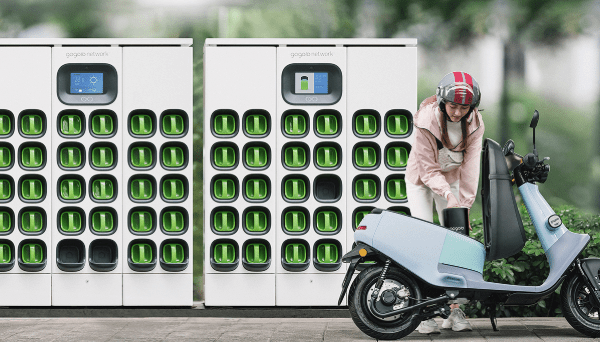
Image credit: Gogoro
On the production side, supply chains are adapting to demand. India is positioning itself as a battery and components manufacturing hub, with new lithium-ion plants planned in Gujarat and Karnataka. Vietnam and Thailand offer tax breaks and land incentives to attract foreign investment in electric vehicle parts. Meanwhile, local assembly is helping reduce costs and shorten delivery times for brands that would otherwise rely on imports.
Growth is no longer constrained by consumer interest. It is now a matter of building the physical and logistical systems to support a category moving faster than most expected.
What the road ahead looks like
Electric two-wheelers may have started as a solution for affordability and traffic, but they are now setting the direction for mobility in Asia. They’re influencing how cities plan transport systems, how energy providers forecast demand, and how consumers evaluate new technologies.
Governments are watching closely. India is weighing further expansion of its EV subsidies, while also exploring battery recycling mandates to head off future environmental risk. Vietnam is beginning to link electric mobility with broader industrial policy, identifying e-two-wheelers as a pillar of domestic manufacturing. Across Southeast Asia, urban planners are experimenting with low-emission zones and scooter-only corridors — not as pilots, but as permanent features.
This shift is also attracting capital. According to PitchBook, investment in electric two-wheeler startups across Asia topped 1.5 billion dollars in 2023. Infrastructure firms, battery producers, and fintech platforms offering vehicle loans are all competing for position. The ecosystem is starting to resemble that of traditional automakers, just built around smaller, faster, more adaptable machines.
In the West, the electric vehicle story is still centered on cars. In Asia, the narrative has changed. Mobility is no longer defined by scale or speed, but by what moves people efficiently through their daily lives. That story belongs to scooters.
How research can keep you ahead in the mobility race
Whether you’re a battery supplier, a vehicle brand, or a policy body, understanding shifting consumer preferences is critical. At Kadence, we help automotive and mobility brands decode fast-changing behaviors and turn insights into advantage.Explore our automotive expertise or submit a brief to start a conversation.
Get regular insights
Keep up to date with the latest insights from our research as well as all our company news in our free monthly newsletter.



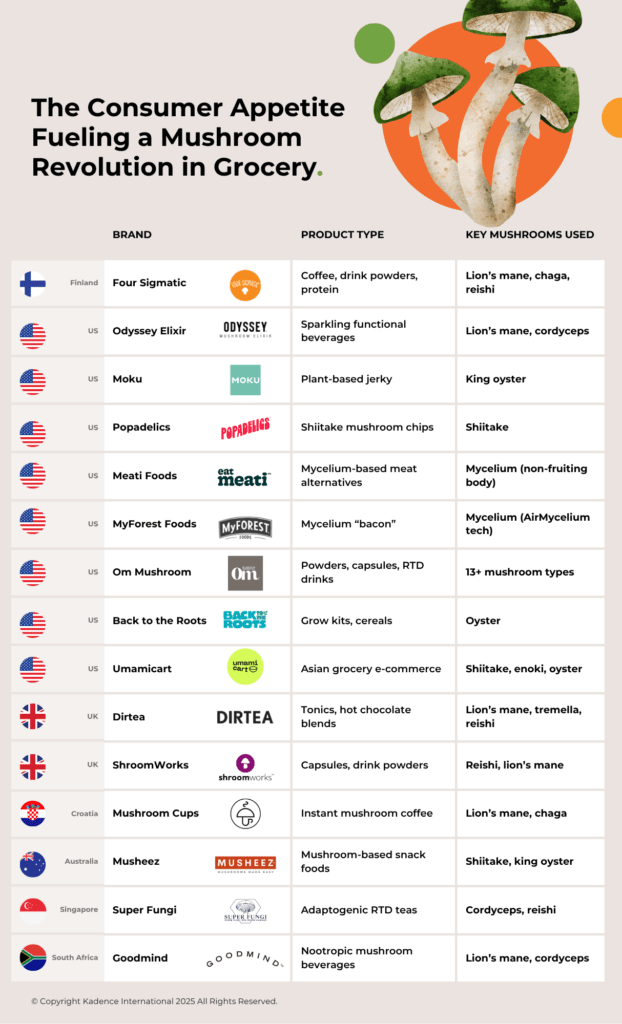









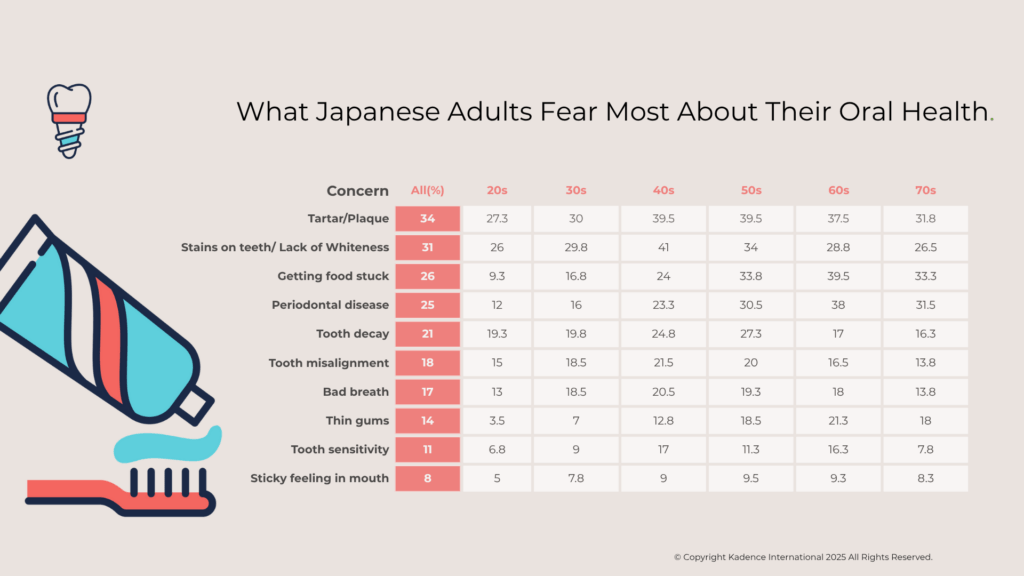
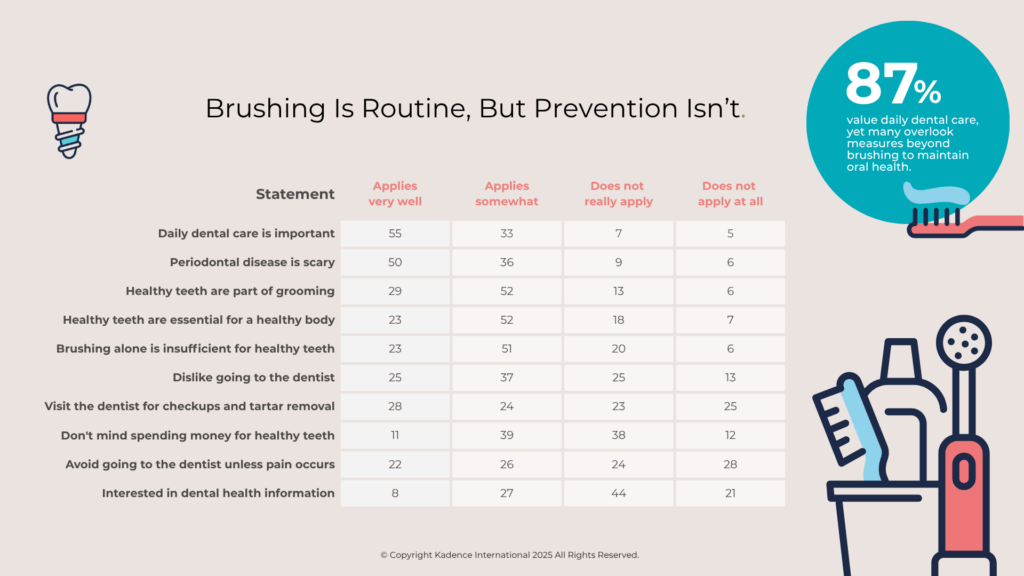
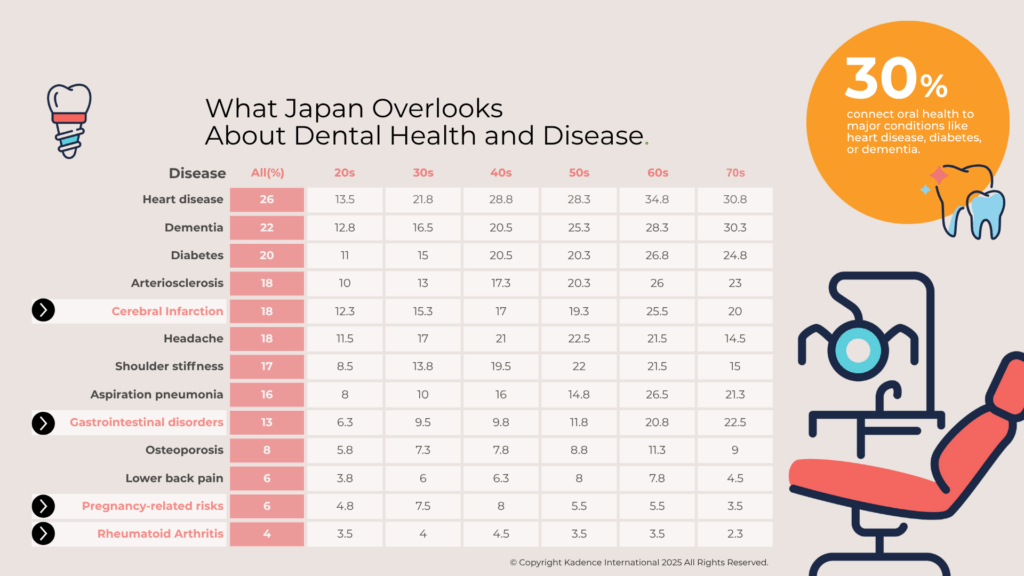
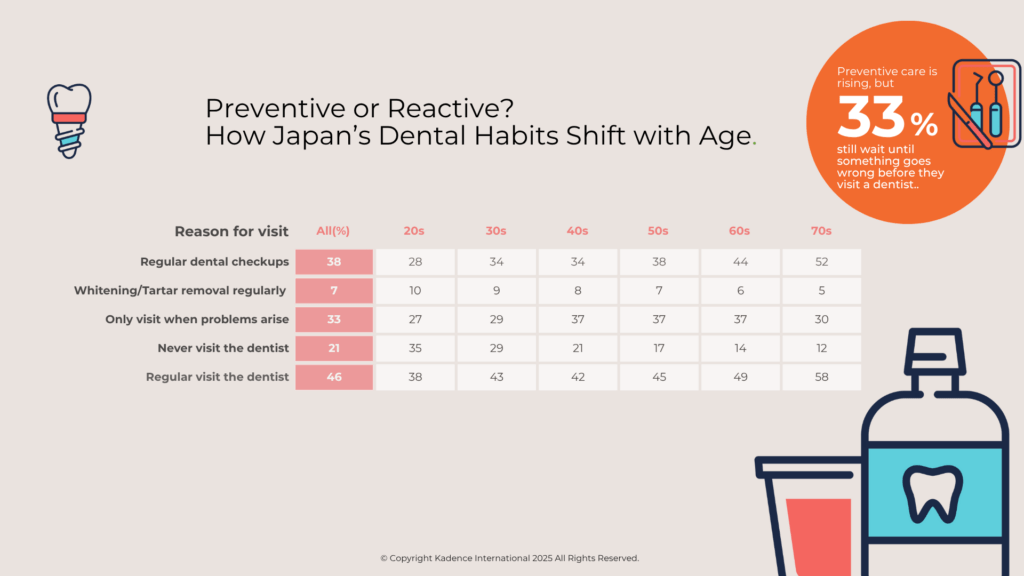
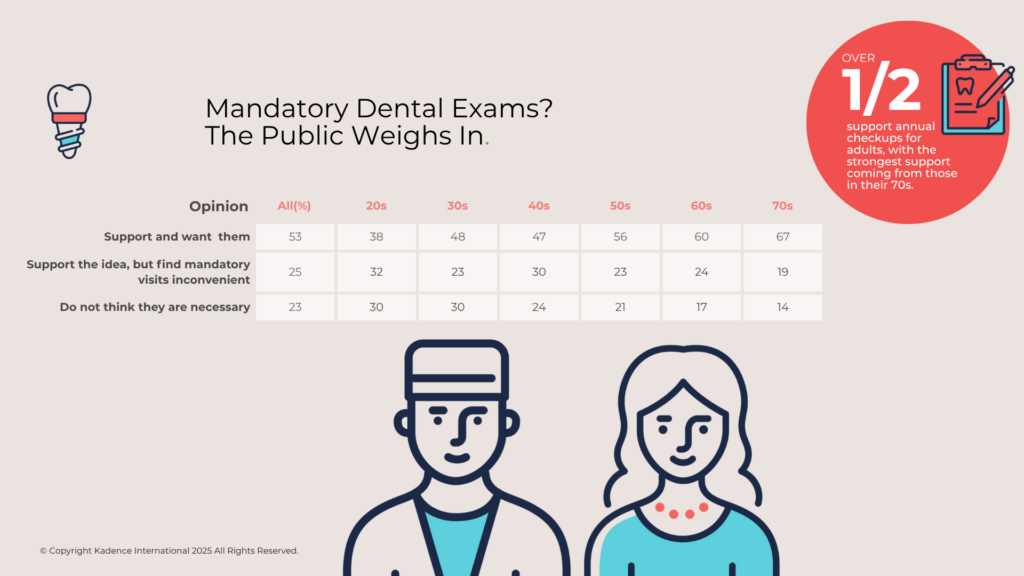










 Senior Marketing Executive
Senior Marketing Executive Sales & Marketing
Sales & Marketing General Manager PR -Internal Communications & Government Affairs
General Manager PR -Internal Communications & Government Affairs Vital Strategies
Vital Strategies
 Customer Intelligence Director
Customer Intelligence Director